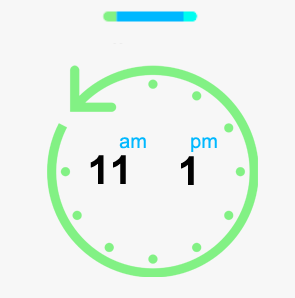The surge in sales was attributed to the belief that people spent the Monday morning following the holiday in their office surfing deals on the internet at super speed. The name of the new shopping holiday was revealed in Shop.org’s press release and once New York Times spread a report on it, the concept gained popularity quickly. As predicated, online revenue climbed up each year on Cyber Monday which made a solid place for itself in the marketing world.
Today, Cyber Monday is an international online shopping day followed in various parts of the world including America, Europe, and Asia.
As per John Copeland, head of Marketing and Customer Insights at Adobe, “Cyber Monday sales topped $7.9 Billion according to Adobe Analytics data, making it the single largest shopping day in U.S. history.”
Copeland also said that sales via smartphones saw an all-time high at $2 billion. According to Akamai, conversion rates on mobile devices were 2.72% and on desktops they were 5.12%. The increase in online traffic was such that sites couldn’t cope with it as depicted by the increase in bounce rates on mobiles (34.71%) and also on desktops (25.74%).
Data from Adobe Analytics shows that Cyber Monday sales at $7.9 billion in 2018 broke records being 19.3% higher than 2017’s $6.59 billion record. In 2016, sales worth $3.45 billion were made, which was a climb up from 2015’s $2.98 billion in sales, and 2014’s $2.65 billion.
The average expenditure per person recorded in 2018 was $138 which was 6.1% higher than the average expenditure per person in 2017. Customers in Denver spent the most with average orders equaling $163. Furthermore, last year’s Cyber Monday was the biggest shopping day in the history of Amazon with above 180 million items being sold.
Sales coming from mobile phones broke all records last year with transactions in 2018 55.6 percent higher than in 2017. This shows that mobile UX needs to be paid more attention. Google says that 73% of customers are likely to switch to another website on their phone if their purchase experience is difficult on one website.
Online businesses also need to optimize their webpage for voice search as 1 in 10 people have made voice shopping into a habit. Moreover, brands need to personalize customers’ experience to retain them which can be done with Artificial Intelligence. 71% of buyers start shopping with branded generic search which stresses on the need to focus more on Search Engine Optimization.


 Apparel
Apparel
 Shoes
Shoes
 Electronics
Electronics
 Toys
Toys

Apart from the dominance of mobile phones in bringing in traffic to online stores with $2.1 billion being spent by shoppers, two more deductions can also be made from 2018’s Cyber Monday trends. Firstly, buy online pick up instore has increased by 65% showing customers interest in cross-channel experiences.
Secondly, multichannel shoppers spent $93 more than others revealing the love of customers for omnichannel. At the same time though, brick-and-mortar traffic saw a 7% decline on Cyber Monday which was higher than 2017’s 2% decline. However, this could have beeb because of weather problems.





